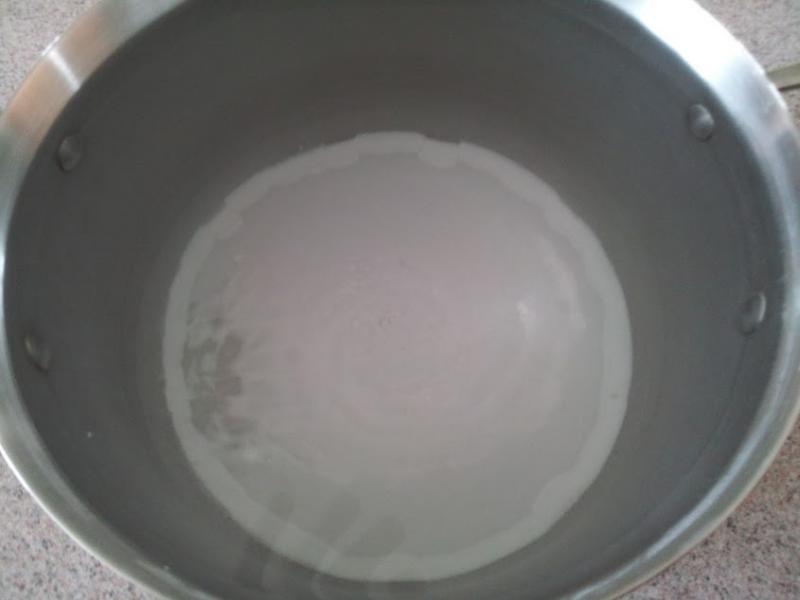I had some issues (leaking ball valve) so I ended up starting over.
but now I really need some advice!
I started with 3.5 gallons of my tap water, stirred in a pinch of chalk and 2 grams CaS04 and 4 grams CaCl2. I started stirring in the lime, but by the time I stopped at only 30 grams, the pH was 12.7!
The precipitates dropped out right away, but I waited for it to settle. I racked off, and started stirring in my tap water, following the instructions to do so until my pH read 8.5. I was planning on a total of 10 gallons.
I must have really screwed up, because I have 25 gallons of water at 8.5, but I still have about 9 gallons in the first vessel that has a pH of 9 and I don't have any more buckets to dilute further!
I guess my questions are: did this happen because of the pH being too high at 12.7? I assume it did, but according to calculations on Kai's spreadsheet, I'd need like 57 grams of lime to drop the alkalinity (in 10 gallons) and I've only used 30 grams for 34 gallons of water.
My next question- now what? do I start over, keep diluting, stop?












































![Craft A Brew - Safale S-04 Dry Yeast - Fermentis - English Ale Dry Yeast - For English and American Ales and Hard Apple Ciders - Ingredients for Home Brewing - Beer Making Supplies - [1 Pack]](https://m.media-amazon.com/images/I/41fVGNh6JfL._SL500_.jpg)













